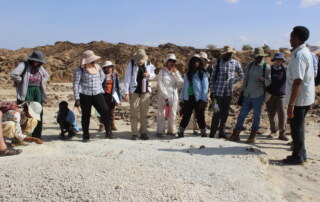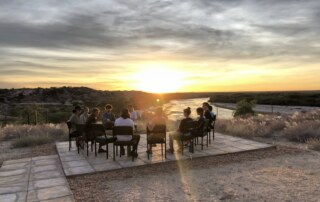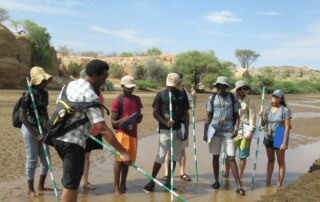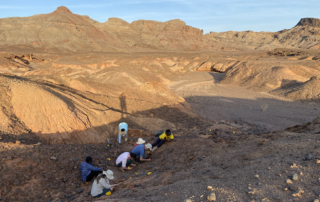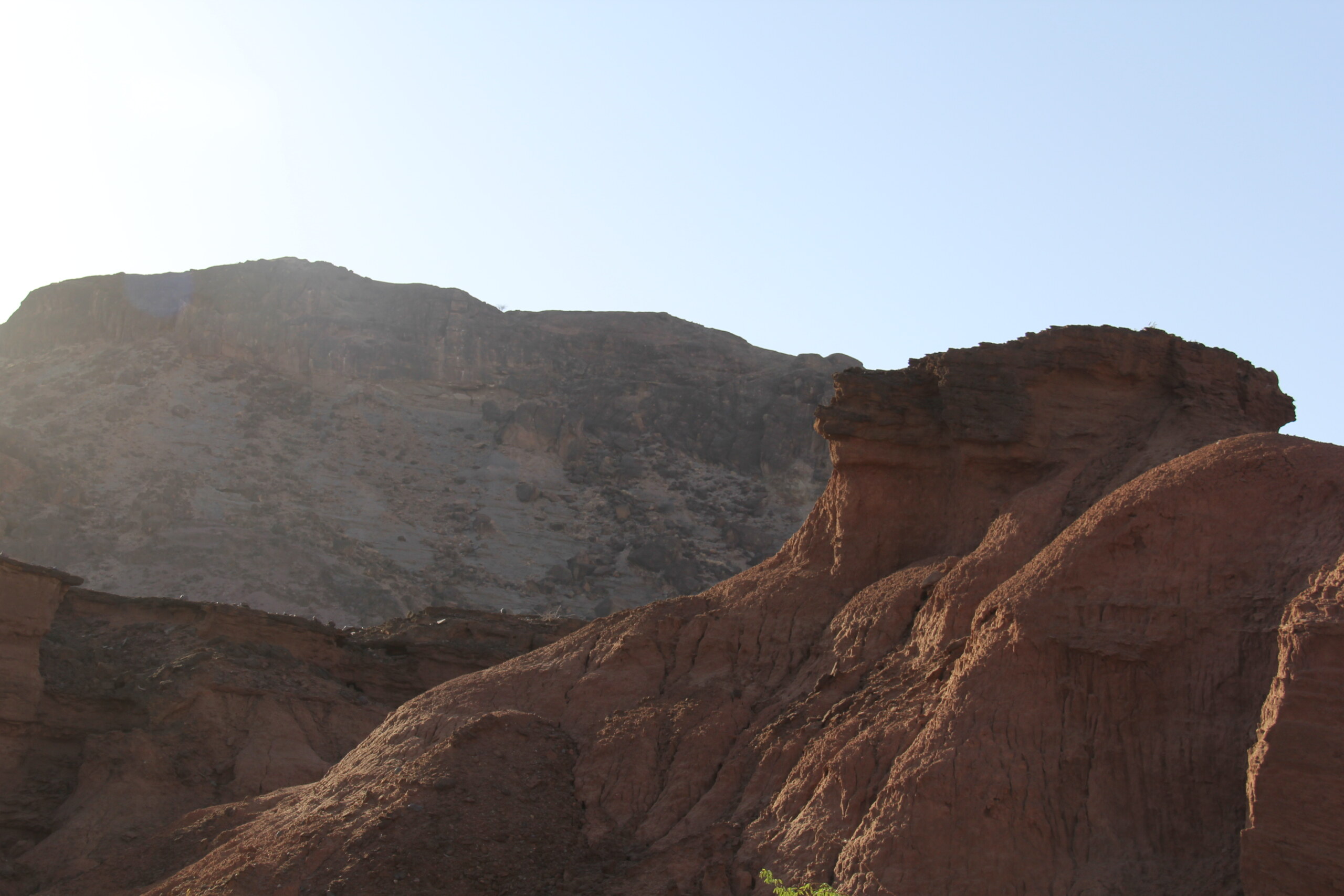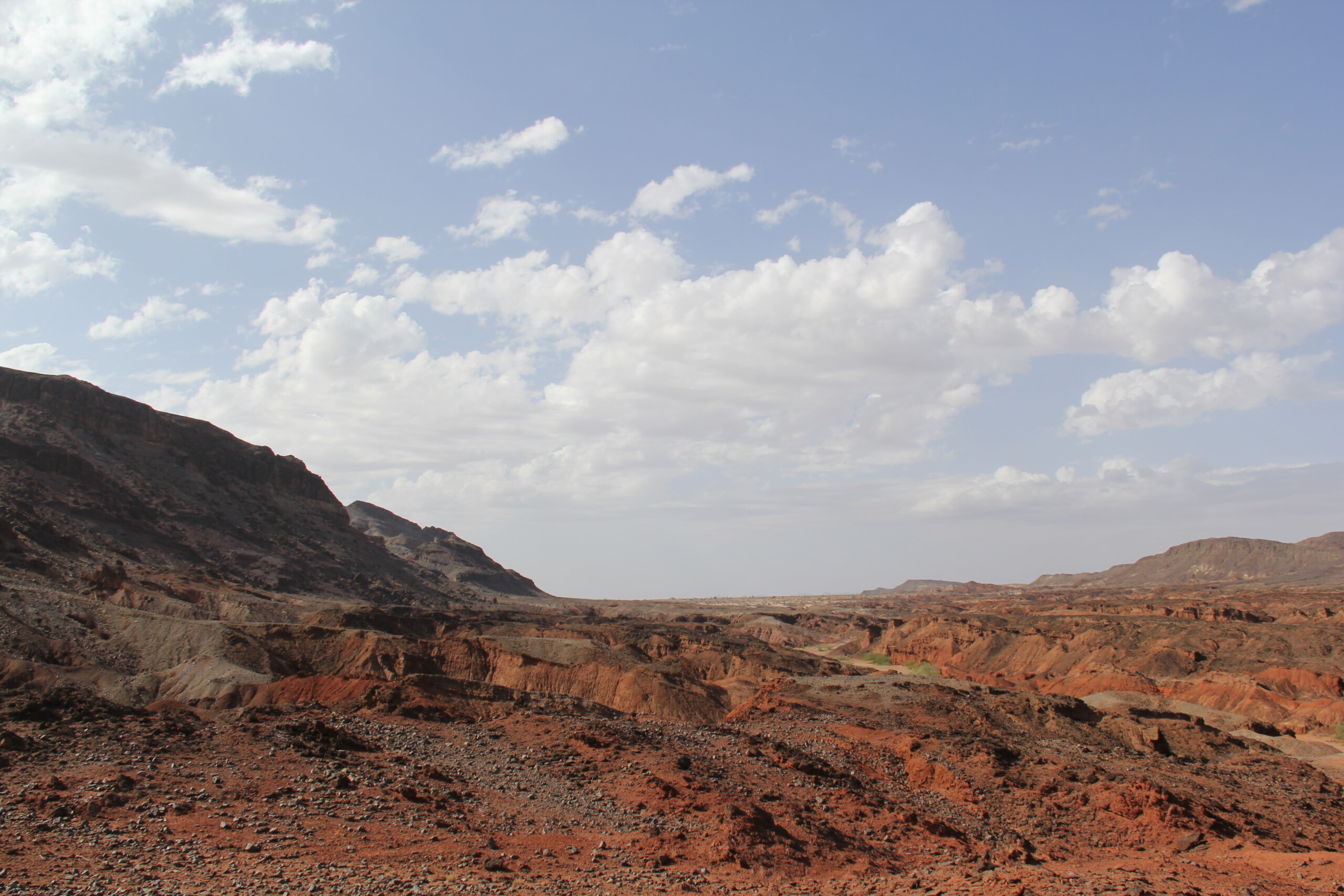The Intricate Beauty of Geology
Greetings from the hot and sunny Turkwel, Turkana! It's Mishy and Alisa reporting on our first week of the Geology module with Professor Patrick Gathogo. Let’s go through some highlights and key points: On the first Monday, February 5, we were briefed on safety measures (S, H, E) for keeping safe, hydrated [...]

